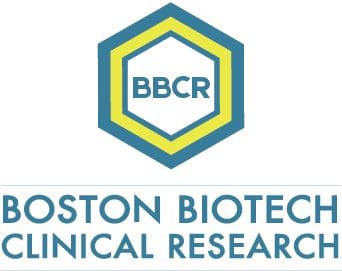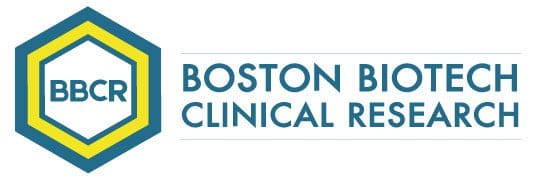Worldwide, over 4,000 patients with Gaucher disease have received enzyme replacement treatment (ERT), which is safe and well tolerated. Gaucher disease is a rare disease caused by mutations in GBA1. GBA1 mutations drive extensive accumulation of glucosylceramide (GC) in immune cells in the spleen, liver, lung and bone marrow. Extensive GC storage induces complement-activating IgG autoantibodies that drive a pathway of C5a generation and C5aR1 activation that fuels a cycle of cellular GC accumulation, leading to chronic inflammation.
ERT with glucocerebrosidase was first purified from human placenta was FDA approved in 1991. Currently FDA’s approved recombinant form of the enzyme which may be produced in either cultured Chinese hamster ovary (CHO) cells, in cultured human cells, or in engineered carrot cells.
Approximately 10-15% of patients with Gaucher disease treated with imiglucerase develop antibodies to the enzyme protein. All antibodies have immunoglobulin G (IgG), mostly of the IgG1 subclass, but few develop antibodies that impair enzyme activity.
Parkinson’s disease is a neurological condition characterized by a steady decline in cognitive and motor function. People begin to develop the symptoms of Parkinson’s disease, such as slowed movements, shuffling or unsteady gait (walk), and resting tremors. In later stages, patients can develop dementia.
Early studies in Parkinson’s diseases showed abnormal aggregates of protein that develop inside nerve cells. The protein clumps develop over time in the brains of Parkinson’s patients causing severe damage and hastening their death. The clumps, called Lewy bodies, were first identified in the early 1900s. Additional studies using antibodies revealed that the clumps contained a protein called α-synuclein. Lewy bodies were constituted of a dense mass surrounded by a halo of twisted filaments of α-synuclein and lysosomes, mitochondria and other organelles.
Some Parkinson’s patients carry mutations in genes associated with lysosomal function, and studies in mice have revealed that natural aging leads to the build up of lipids associated with Parkinson’s disease. In an August 2018 review published in Brain, authors laid out all of the evidence for Parkinson’s disease as a lysosomal disorder.
If Parkinson’s is in fact a lysosomal disorder, may treatments that are being developed for lysosomal diseases turn out to be useful in Parkinson’s? Several clinical trials are being planned to test whether drugs already used to treat well-characterized lysosomal storage disorders might also work as Parkinson’s therapeutics.
Scientists wonder if there’s a connection between Parkinson’s disease and Gaucher’s disease
- A higher likelihood of Parkinson’s disease or Parkinson’s-like symptoms in people diagnosed with type 1 Gaucher disease who are older than 60.
- In the parents of people diagnosed with Gaucher disease or other relatives who are known to be Gaucher carriers, there is a higher prevalence of Parkinson’s disease compared to people of a comparable age who do not have Gaucher mutations.
Should Sponsors consider how knowledge in Gaucher’s disease and experience in clinical plan in this indication can help designing protocols for Parkinson’s clinical trials?
May approved and new treatments for Gaucher Disease help alleviate symptoms and slow down disease progression in Parkinson’s Patients?

Specializing in rare disease, Boston Biotech Clinical Research works with biotech, pharmaceutical, device companies and investors to streamline the clinical trial process. Our experienced team helps each client reach their specific goals by customizing a clinical and regulatory road map of simplified programs and streamlined protocols to meet our clients’ requirements.

